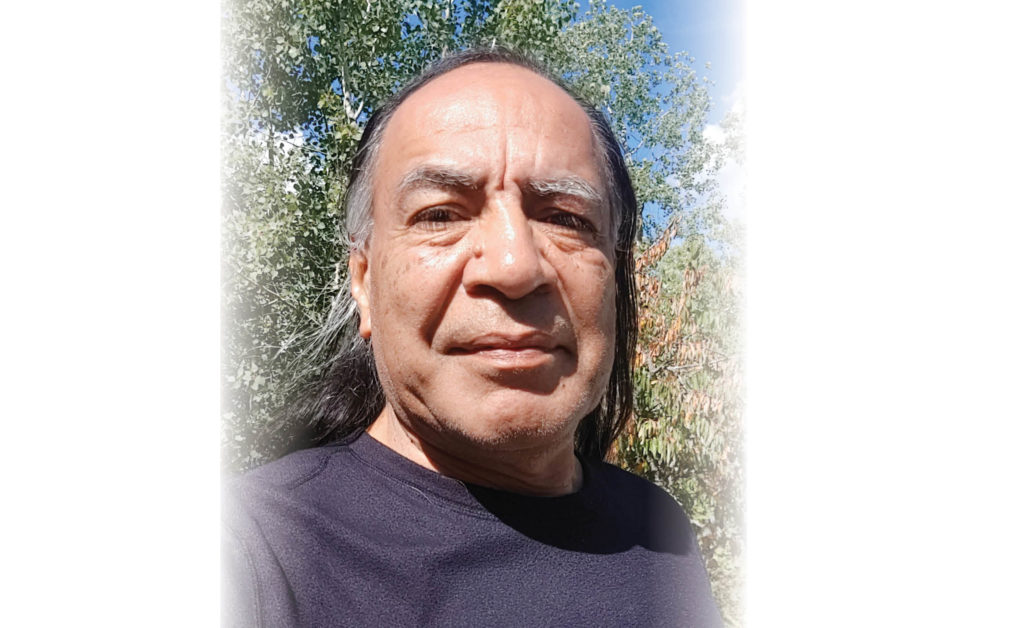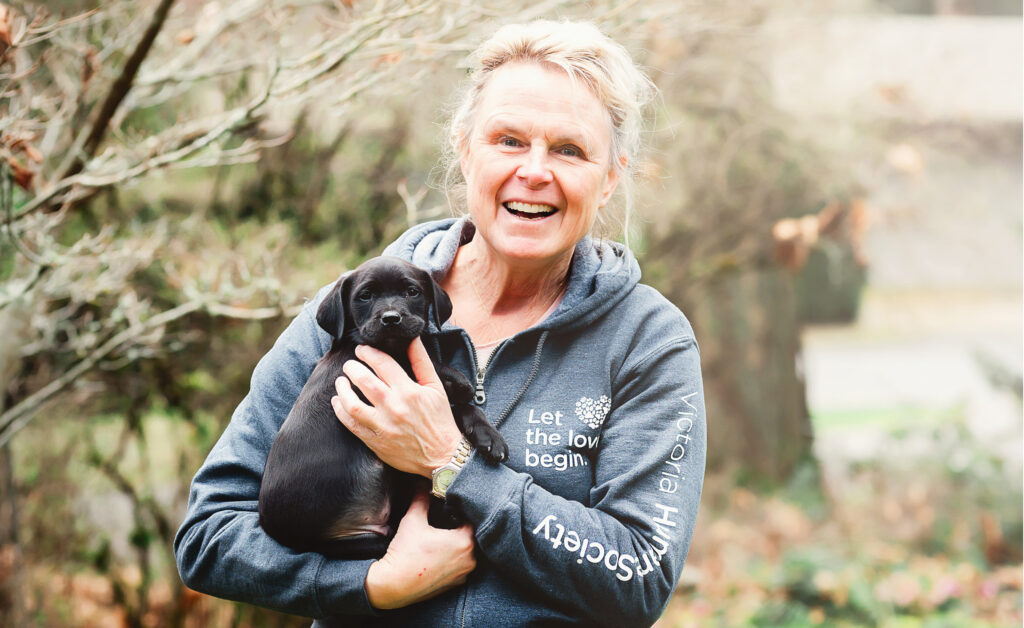by Glenn C. Jim –
If you have been following along with my previous columns, you have learned ÁLEṈENEȻ can mean different things depending on the context used. It can mean one’s homeland territory; it can mean one’s community; it can also mean your place, your home. This month I would like to share my thoughts about ÁLEṈENEȻ, our Peninsula and its environs in our contemporary times.
In pre-colonial times, the W̱SÁNEĆ territory provided the People with a bounty of food year-round. Since colonial times, the W̱SÁNEĆ peninsula became known historically for its large- and small-scale farming. Some of you old-time residents may remember when potato farming was big. The wonderful and varied foods produced here provides us with wholesome products. I particularly like the freshness of berries grown locally for making preserves. Within walking distance around my place there are other forms of farming such as hay production and dairy products, plus sheep, goats and countless horse stables and even alpacas can be found. Farming is good for the local economy as well.
As I was wandering W̱SÁNEĆ last weekend, I noticed new and expanded industrial construction that I didn’t see before. Some will look at the many positives of these enterprises, but how closely do we examine any detriments this may cause to the land and surrounding seas? I should point out that I am not against resource extraction and certain developments, but I do believe it also requires due diligence in many respects related to the W̱SÁNEĆ worldview. I believe that all facets of the impacts should be examined and discussed by affected parties. Unfortunately, this hasn’t always happened.
A concern related to land use is industry located on the Peninsula that can impact the health and vitality of our local creeks, streams and beaches and the flora and fauna that live in these places. I believe there is a connection between what one puts on the land; an example is fertilizer, and the effects it has on the greater ecosystem. This includes the groundwater that flows into our bays and ocean nearby. This is especially significant for the unique Saanich Inlet, which can be highly susceptible to pollution due to its unique ability to refresh or flush out the ocean water within it only twice per year. We must be diligent of chemical agents use in and around our properties or not use them at all.
An example I gave in my last column was the pollution that has caused the beaches within the Saanich Inlet to be closed for decades to shellfish harvesting. I do give credit to people like my friend Ian Bruce and his colleagues at Peninsula Streams Society, and my niece Sarah Jim and her friends that have ivy, Scotch broom, and invasive clearing work groups. I raise my hands in thanks; HÍ,SW̱ḴE to the groups like them that work tirelessly to improve and bring back the environments which have been impacted by resource extraction and land development within W̱SÁNEĆ.
HÍ,ÁȻA is the SENCOŦEN phrase for “goodbye”, “go if you must” – implying we will see each other again.
HÍ,ÁȻA.




